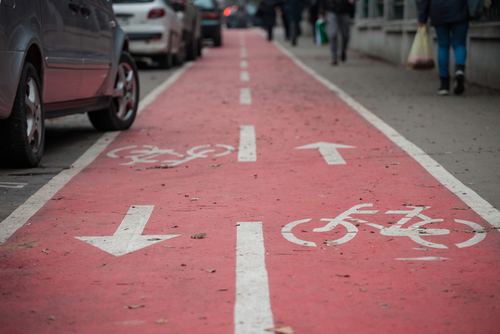
During the last week of 2022, New York Gov. Kathy Hochul signed a legislative package to support roadway users of all ages and abilities.
The two pieces of legislation support pedestrians, bikers, and transit riders across the state by increasing the New York Department of Transportation’s backing of municipal projects that approach street design with the mindset of safe, convenient access and mobility for roadway users of all ages and abilities, as well as adding representation on various boards by transit-dependent individuals.
“Whether you’re on the sidewalk, in the bike lane, or riding the bus, you deserve a high-quality trip that gets you safely to your destination,” Hochul said. “Transportation is all about connections: bringing people closer to their jobs, their homes, and the people they love. I’m proud to sign two new laws that will make our streets safer and our communities more connected.”
The first bill, S.3897/A.8936-A, provides increased funding for “Complete Streets” projects by increasing the state share of funding for municipalities incorporating Complete Street features. Under the new legislation, the state’s contribution to Complete Streets projects will increase to 8.75 percent.
The second bill, S.3897/A.8936-A, would add previously non-voting transit-dependent representatives on various transportation authorities’ boards voting members. Upstate and Western New York regional transit authorities would get a critical voice for riders who rely on transit services, the governor’s office said, while improving governance within the authorities.
“With the signing of these two pieces of legislation, New York is making it clear that we are prioritizing alternative forms of transportation and those who depend on it,” said State Senator Timothy Kennedy. “From providing a designated seat on the boards of upstate transit authorities for transit-dependent riders to ensuring that our roadways are safe and inclusive for all users, regardless of age, ability, and mode of transportation, these bills show that we can have a safer and more collaborative transportation infrastructure in New York State.”